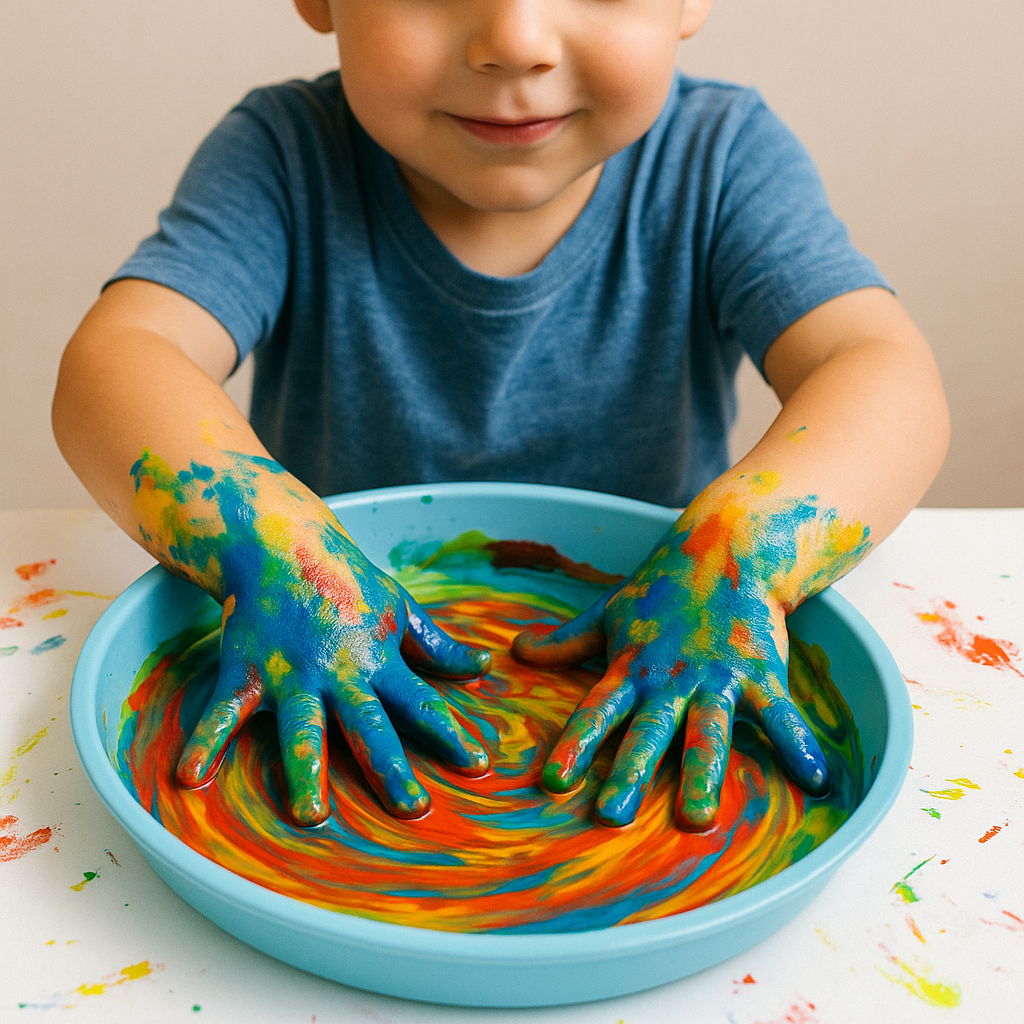Welcome! Check out our latest news.
Read more
When your child picks up a crayon, squeezes glue, or threads a bead onto a string, something incredible is happening—those tiny hands are actively building fine motor skills that will serve them throughout life. Fine motor skills are essential for everyday tasks, enabling children to manipulate objects with precision and ease. At Penholic, we understand that each paint stroke and paper cut does more than just spark joy; it fosters brain and body power, laying the groundwork for skills like writing, dressing, and even eating independently.
Arts and crafts activities provide a fun and engaging way to enhance these vital skills. From cutting and gluing to drawing and painting, each creative endeavor strengthens hand muscles and improves coordination, helping children refine their pincer grip and hand-eye coordination. As kids immerse themselves in hands-on projects, they not only develop patience and focus but also learn to express their creativity. Join us as we explore the significance of fine motor skills, the transformative role of arts and crafts, and a variety of enjoyable activities you can try at home to support your child's development.
Understanding fine motor skills and their importance in early childhood
Fine motor skills are vital for children's development, as they involve the small muscles in their hands and fingers. These skills enable children to perform everyday tasks such as holding a pencil, tying shoelaces, and buttoning shirts. Mastering fine motor skills not only boosts independence but also lays the foundation for academic success. As young children engage in activities that enhance their fine motor abilities, they become more confident and capable of tackling challenges, both in the classroom and at home.
In the early years, developing fine motor skills is essential for cognitive growth as well. Children’s brains thrive on exploration and manipulation of objects, which is why every crayon they pick up or glue bottle they squeeze has profound implications. As kids practice these skills through playful activities, they strengthen neural connections that contribute to problem-solving, creativity, and spatial awareness. This combination of physical and mental growth creates a strong basis for their future learning experiences, proving that fostering fine motor skills is a critical investment in a child's lifelong success.
The impactful role of arts and crafts in developing fine motor skills
Arts and crafts play a crucial role in enhancing fine motor skills through engaging and enjoyable activities. When children use scissors to cut shapes, they not only develop strength in their hand muscles but also learn to control their movements. Squeezing glue bottles challenges their grip and helps refine the coordination between their fingers. Drawing, coloring, and painting allow young artists to practice holding writing instruments correctly, further aiding in their future writing abilities. Each of these activities reinforces the neural connections needed for precision and dexterity, laying the foundation for skills that will benefit them in various aspects of life.
In addition to improving physical abilities, arts and crafts also foster creativity and self-expression, which are vital for cognitive development. As kids experiment with colors, textures, and materials, they explore their imaginations while honing their problem-solving skills. This playful experimentation encourages them to think critically and adapt their ideas as they create. By integrating arts and crafts into their daily routine, parents can provide their children with a multifaceted approach to learning that is not only effective but also fun. Ultimately, this colorful journey through creativity becomes a stepping stone to greater confidence and capability in everyday tasks, setting the stage for lifelong skills development.
Engaging at home: Fun activities to enhance your child's fine motor development
Getting crafty at home provides endless opportunities for your child to refine their fine motor skills while having a blast. One engaging activity is pom-pom sorting with tongs. Set up a colorful array of pom-poms and a handful of tongs. Encourage your little one to pick up and sort pom-poms by color or size into different containers. This fun exercise not only builds the hand strength needed for gripping but also improves their coordination as they learn to maneuver the tongs with precision.
Another delightful way to nurture those tiny hands is through DIY bead bracelets. Gather some colorful beads and a piece of elastic string. As your child threads the beads onto the string, they practice their pincer grasp and learn about patterns and colors. Plus, once the bracelet is complete, they can proudly wear their creation! These activities inspire creativity and reinforce the connection between art and developmental growth, paving the way for your child to gain confidence in their abilities.